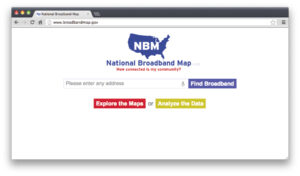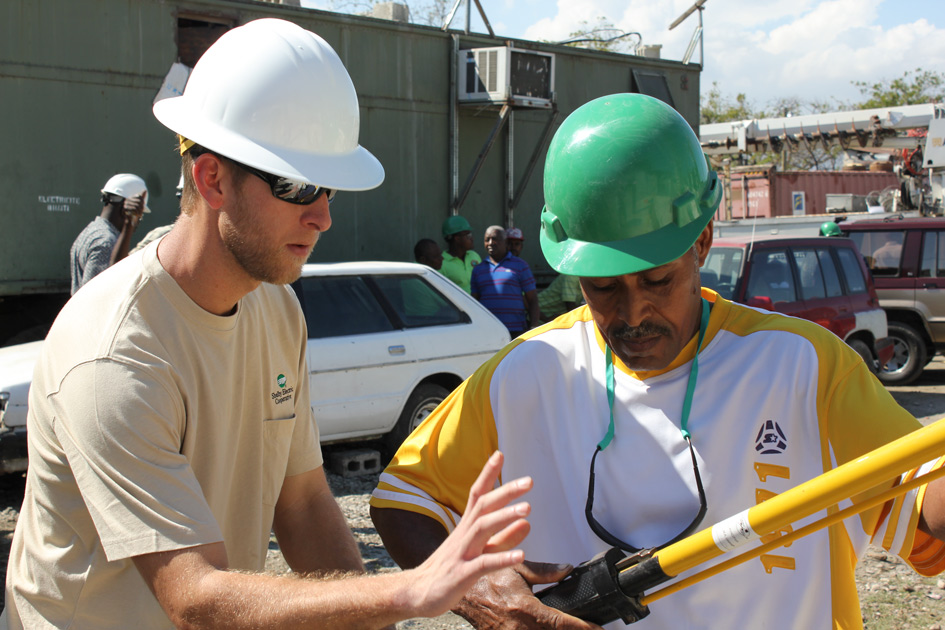Cooperative broadband service offerings were featured in last month’s magazine, and since then many of you have contacted me asking a variant of the same question, “If my co-op doesn’t offer broadband services, then where can I get service?” Unfortunately, the answer isn’t very cut and dried, but I’m going to try to give you some resources to find the answer.
The truth is there are portions of Illinois that, for one reason or another, simply do not have adequate broadband coverage. Let me qualify that statement by saying that for the most part, you should be able to get satellite Internet, with only a few exceptions. But depending upon your location, installation costs may be prohibitively high, or latency may make the service undesirable. So, if satellite doesn’t work for you, how can you find service in your area?
Your best bet is probably living next door to you. Ask your neighbors, members of your church or your family. Even in this digital age, word-of-mouth still remains the best way to find a provider you can trust. Ask them for their experiences, both negative and positive. You may find that there’s a provider near you that just had not come up in a previous conversation.
Your local library is another resource. These days, most libraries even offer computer services you can use while you visit. Ask the librarian to tell you what company provides the service.
If you have access to Internet, even dial-up, you can also use some of the online search tools that have been developed as a result of the stimulus package.
The National Telecommunications & Information Administration (NTIA), in collaboration with the Federal Communications Commission (FCC) offers an online national mapping program you can use to search for service in your area.
 You can find the tool online at www.broadbandmap.gov.
You can find the tool online at www.broadbandmap.gov.
I am including a screenshot of the landing page, so you will know you have hit the right place when you visit the site. To use the tool, just enter your address in the box, and then click the “Find Broadband” button. You can enter your entire address, or as little as your zip code.
Depending upon the speed of the connection you’re using to conduct the search, it may take the tool a few moments to come back with results. Once it does, you should see a screen that lists the providers for your area. Keep in mind that the information provided only reflects what has been reported to NTIA, so it’s possible there’s a provider in your area that isn’t listed. I know that Illinois is doing its best to make sure everyone is listed, but this is a massive undertaking, so it’s entirely likely that some will get missed.
Also, you should know the information displays by census block. That means in order for you to be totally certain a service is offered at your address, you will need to directly contact the providers listed.
If you click on a providers name in the results window, you should see it expand and give you more information. There may also be a link entitled, “Link to Website.” If you click that link, you’ll be taken to the website of record for that specific provider.
Again, these sites may or may not be totally accurate. In fact, some of them may even be missing. In the case of missing links, you can probably find contact information for the provider you seek by simply entering the company name into your favorite search engine, i.e. Google, Yahoo, Bing, etc.
If all else fails, don’t hesitate to contact me. Many of you have already done so, and I am glad to help you figure this out. At the very least, if you’re one of those who has no real alternatives, I would be happy to pass along your address to providers so they know you’re actively looking for a solution.









